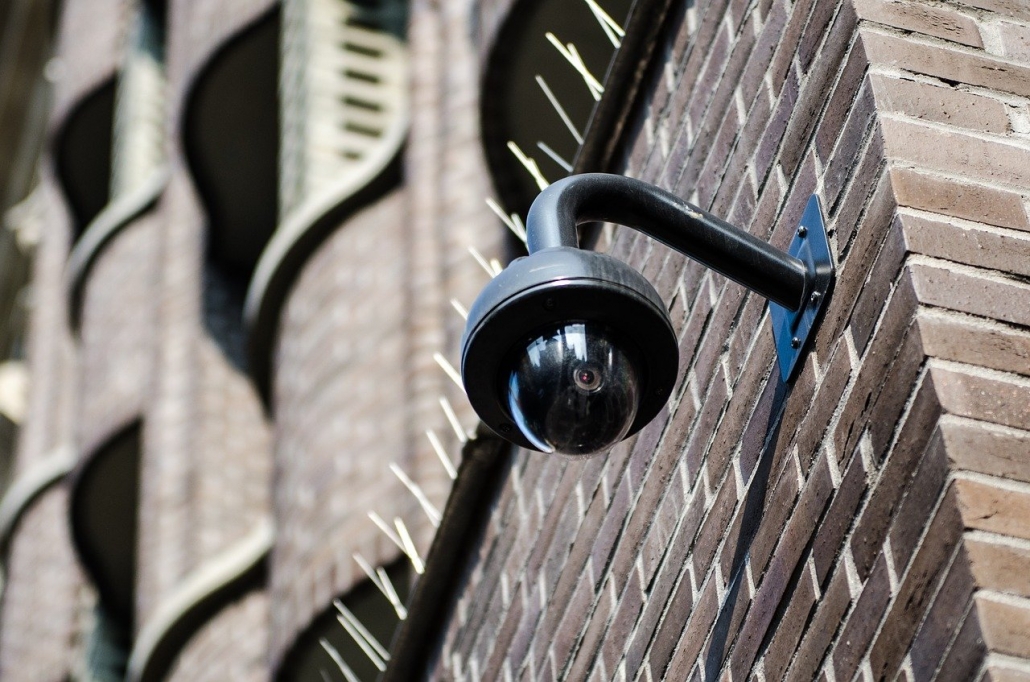When owners and managers of commercial, retail, condominium and industrial properties consider security strategies, their thoughts tend to focus on components such as security systems—and rightly so.
Robust security infrastructure should be anchored by electronic monitoring and alarm technology that protects key points of entry, monitors movement around a property and determines threat levels in an effective way. But a focus for Wincon Security in recent years has been systems integration—developing a comprehensive security strategy that analyzes a property or asset’s security requirements in a holistic fashion, then leverages all relevant technologies to protect it.
One component of an integrated security strategy that we include—and which many others tend to overlook—is also one of the simplest: advanced lighting.
Many building owners forget that good condo lighting is essential for security cameras to do their job.
Statistics show that when a city or municipality introduces effective lighting to a public area such as a park, incidents of crime tend to decrease. With nowhere to lurk and hide, police can patrol more effectively, and bad guys tend to think twice before breaking the law. The same logic applies to commercial or residential buildings. Legal liability can also be significantly reduced if a property owner has taken reasonable steps to light their buildings and surrounding grounds.
When designing any security strategy, we use the following checklist to determine necessary lighting coverage improvements:
Location—Are light fixtures placed in the right places to deter nefarious behaviour? That could mean installing simple wall-mounted lamps or pole-mounted fixtures. The important point to remember is that every area of a building needs adequate lighting coverage. That includes doorways, back alleys and loading docks, side entrances, and parking lots. The latter tend to be largely overlooked and under-lighted.
Technology—Does your property leverage the very best lighting technology available? In most cases, that means using technologically advanced LED lights that tend to provide extra brightness, better coverage and involve less maintenance. Sure, they may be more expensive to install initially, but the long-term benefits are substantial and will help improve your organization’s bottom-line, while also helping to mitigate the risk of break-ins and other security threats. Consider it an up-front investment in your property’s long-term security and safety.

Spacing—You may have ample lighting, but is it properly spaced out? This goes back to the earlier points on installing lights in the right places. What we tend to find is that organizations will purchase ample lighting, but then concentrate it in high-traffic areas or around critical assets. Makes sense, right? Yes, but every entrance must also be covered, not to mention pathways to and from important areas (where crimes tend to occur) such as parking lots, particularly if your property is located on a larger campus with benches, picnic tables, or other areas where employees or customers might congregate.
Light levels—Are you relying on outdated lights that no longer do the job? Many properties—e.g., those that haven’t undergone a substantial lighting retrofit—would definitely fall into this category. Because modern LED technology is becoming more affordable almost by the month, not to mention more advanced in terms of available lumens (brightness) and coverage output, we tend to recommend their integration. Even if you choose not to go the LED route, bear in mind that standard filament or halogen lamps are far more effective than in the past (even if they’re gradually being phased out in most jurisdictions). The point here is that if your lighting is far older than your security system, it’s probably time for an upgrade.
As a complement to other technology—Are you taking a holistic approach to your lighting strategy? Many property owners fail to realize that sound lighting is also essential for the smooth functioning of security components such as CCTV cameras. Why? Put simply, for a camera to work effectively, it needs to be able to see who it’s filming. The same goes for drone technology that is being implemented across many larger properties and campuses such as sprawling factories or production facilities, not to mention the use of robots in factory and shopping mall settings. Each of these technologies work better when their onboard cameras can identify possible threats, emergency situations such as fires, or even medical emergencies.
Doing so requires a lot of light in the right places. If your organization hasn’t dedicated a budget to purchase security-friendly lighting, now is the time to make the investment.
Do you need to improve your condo lighting?
FILL OUT OUR QUOTE FORM AND ENJOY A CONSULTATION WITH US.
Winston Stewart, President & CEO

